Multi-Tenant Architecture
Serving the demands of several users with a single software product can be difficult, especially when the product grows in popularity and scales. This and other difficulties can be exactly handled with the use of a multi-tenant architecture paradigm.
Multitenancy, often known as a multi-tenant architecture, is frequently linked to SaaS offerings. Additionally, interest in multitenancy-related concepts is growing along with the popularity, profitability, and interest in SaaS solutions.
A multi-tenant architecture is what? How does it differ from a model with a single tenant? Which one is more effective for a SaaS solution?
What information regarding this subject should non-tech product entrepreneurs know?
We describe the benefits and drawbacks of several architectural models in this article, as well as give you advice on how to pick the best tenancy model for your SaaS application.
Multitenancy explained in simple words
We’re going to use a straightforward comparison to describe the idea of multi-tenancy.
Let’s say you have to go to the bank. You enter a 19th-century structure through a large wooden door, inform the receptionist of your appointment, and proceed to your manager’s office. You can request a cash withdrawal, credit, insurance, or any other service that your bank offers there.
You don’t speak to other clients. You might not even run into any. You are unaware of the identity of these consumers, the amount of money in their bank accounts, or the banking services they utilize.
Although your assets are completely segregated, you and other customers store your money in the same bank. Although all customers use the same infrastructure and bank, their data, funds, and family heirlooms are kept apart and protected.
This is essentially how multiple tenancies operate.
Users in a cloud have access to the same server, but their level of access and the features they have access to may vary. Their data, business logic, usage history, and any other information are all completely isolated at the same time.
You can read our article on the cloud vs. SaaS subject to learn more about this.
What is a multi-tenant architecture?
An example of a software design that allows for tenant isolation while allowing them to use the same infrastructure, database, or computer resources is the multi-tenant architecture. Despite using the same software, the tenants are completely anonymous, have no access to one another’s data, and maintain complete confidentiality regarding their own data.
Each tenant may have varying levels of access, and this may also affect the functionality. Each tenant will be able to configure unique functionality and use the same app with various features in this way.
In brief, Atlassian began offering the same cloud-based app to all of its users, and one processing node handled all of the clientele. Even though tenants were segregated from one another, they continued to use the same app.
What are examples of SaaS apps using a multi-tenant architecture?
A multi-tenant data architecture is used in cloud computing for developing SaaS, PaaS, and IaaS products. You may already use some multi-tenant apps:
- Cloud storage services like Google Drive and Dropbox
- Communication apps like Slack and Zoom
- Task management apps like Jira and Trello
- Marketing software like HubSpot
This is by no means a comprehensive list of startup and enterprise SaaS businesses. Software as a service is used by 67 percent of US healthcare IT firms, according to the Healthcare Information and Management Systems Society. Petabytes of geospatial data have also been transferred to the cloud by Natural Resources Canada using particular AWS tools and the multi-tenant cloud architecture principles.
Single-tenant vs multi-tenant SaaS architecture: specifics and details you should know
Either a single-tenant architectural model or a multi-tenant architectural model must be chosen if you wish to make your SaaS product available to multiple users.
Single tenancy just means that one entity of your app will be used by one user; it does not imply that your program will be used by only one person.
In contrast, numerous tenants will each use a single version of a multi-tenant app.
Let’s go deeper now. What distinguishes the ideas underlying single-tenant and multi-tenant apps?
Single tenancy model — a rustic cottage with maximum isolation
The single tenancy model stipulates that every client, user, or organization makes use of a different instance of the same application. Full isolation is one of this model’s key characteristics; each person has their own program, database, resources, and entire infrastructure.
Single Tenant Architecture
No tenant is able to access, examine, or otherwise manipulate the data of other tenants because it is stored in distinct cells.
The ideal foundation for fully configurable and private software environments is a single-tenant architecture. Customers can manually update the app whenever they want and can decide whether to do so or not.
An app with just one tenant is like a cabin in the woods. You use it solely for your own needs and those of your family. You choose to make modifications when you have the time and money because you don’t have any neighbors. There is nobody to help you if the roof leaks following a summer storm.
Let’s examine a single-tenant architecture’s characteristics in more detail.
Full control
Any third-party services may be included into a single-tenant app as long as the development team determines that doing so is feasible. Your app can be upgraded whenever you need to and customized as you like.
Infrastructure safety
An isolated database, exclusive access to backups, and dedicated servers are all features of a single-tenant design. A single-tenant software may become virtually impenetrable through the use of security best practices reinforced with role-based access and multi-factor authentication.
User onboarding and app maintenance
The hardest part of building a SaaS service is onboarding customers because you have to design the entire app infrastructure around their requirements. Each user needs their own onboarding procedure. They must be helped through the full setup procedure, and you may need to employ specialized support staff to address their questions.
Cost to develop a website and time to market
For a seasoned software developer, creating a single-tenant architecture may be rather straightforward. The time it takes to develop a single-tenant software, acquire users to utilize it, and validate your idea might range from a few weeks to several months.
However, when more people join your single-tenant app in the future, you can start to have deployment concerns, sluggish app performance, scaling problems, and lengthy user onboarding. So, like Atlassian, you could need to switch to a multi-tenancy.
Long-term financial commitments may exceed those of a multi-tenant app due to time-consuming onboarding, individual methods, scalability issues, and multiple upgrades for multiple apps. However, for businesses in their early stages, a single-tenant architecture can be the best option.
Multi-tenancy model: a classy apartment overlooking the Brooklyn Bridge with noisy neighbors
The same computer resources are used by each tenant in a multi-tenant cloud architecture. These users rent an app by paying a monthly fee for its use, just like renters who rent apartments in a residential structure.
The security services a landlord offers affect apartment security.
The isolation approach used by the development team determines how secure an app is.
How are the remaining features?
Painless upgrades and maintenance
When a vendor makes changes concurrently for all tenants, such as switching to a different technology stack, addressing defects, performing planned upgrades, and releasing new product versions, there shouldn’t be any problems with multi-tenancy. In addition, tenants benefit from the convenience of not having to manually download and configure upgrades.
Load balancing
In a single-tenant design, the vendor should offer greater storage and capacity while also raising the subscription cost as tenants want more resources. Depending on the requirements of a specific tenant, everything is done manually. With a certain number of resources available, data is optimally divided between databases and servers thanks to multi-tenancy, which enables load balancing. While the total amount of resources provided is fixed, some tenants use more and pay more, while others use less and pay less.
Scalability
Multi-tenant apps typically have both standard resources and functionality that are accessible to all users as well as premium features and additional storage that users can access by paying a higher subscription cost.
As a result, consumers may easily scale their apps and add or remove features from their subscription plans, and you as the software provider won’t have to spend your time modifying resources or developing functionality to suit specific requirements.
The multi-tenancy model’s strength is its capacity to scale. It’s simpler to extend an app, add features, or delete features, and properly manage resources when compared to the single-tenant model.
Investments and long-run potential
An investment is needed for a multi-tenancy strategy. Multi-tenancy is a more complicated solution that needs more time, money, and engineering effort than a single-tenant architecture.
A thorough understanding of AWS or other cloud systems is necessary for multi-tenancy, as is previous expertise creating complicated applications with multiple levels of access.
Multi-tenancy is typically preferred by businesses and organizations who have previously shown the viability of their goods and are set to scale quickly.
Seven key differences between single-tenant and multi-tenant models
For your convenience, we’ve compiled a list of the following seven key distinctions between a single-tenant and multi-tenant model:
| Feature | Single-tenant app | Multi-tenant app |
| Isolation | A separate app, infrastructure, and database for each tenant | A single app and shared resources for all tenants |
| Security | Full isolation for a potentially more secure app | Tenants may share the same database, so additional security steps should be taken by the vendor |
| Scalability | Complicated scalability implementation as every tenant uses a separate app | Quick scaling; easy to add or remove features and resources |
| Customizability | Tenants can customize their apps according to their needs | Limited customization opportunities |
| User onboarding | More time-consuming | Easier and faster |
| Upfront cost and time to market | Lower development costShort time to market (several weeks to several months) | Higher development cost due to a more complex and expensive development processMore time-consuming development, starting from 6+ months |
| Long-run cost | Higher cost — more expensive maintenance and software updates, higher cost to invest in user onboarding and infrastructure scaling | Lower cost — optimized use of cloud services, no need to invest in user onboarding and develop custom functionality for each tenant |
Single-tenant vs multi-tenant architecture: more things to keep in mind
Above, we compared a single-tenant building to a charming rural cottage and a multi-tenant building to a stunning New York City apartment. While multi-tenancy may resemble a shared room in the cheapest hostel in Rio, single-tenancy may resemble a dilapidated barn.
The development team has complete control over the functionality, security, simplicity, design, and user experience (UX) of your software, whether it is single-tenant or multi-tenant. The best method to give potential tenants problem-free solutions, a satisfying user experience, and features they want and are prepared to pay for is to collaborate with software development experts.
So, if you want to rent a chic apartment rather than a room in a favela (i.e., if you want to give your users value and show that you care about quality), choose a cloud service provider and a development vendor carefully, and put an emphasis on establishing a long-term partnership with IT specialists.
Migrating from a single-tenant to a multi-tenant model:
When we’ve previously indicated, if you run a single-tenant app, it’s possible that as your user base expands and the app scales, you may need to shift to a multi-tenant design.
We were approached with this demand by the creators of the white-label marketplace software.
The founders decided to make a white-label solution available after creating a successful web platform. At that point, a multi-tenant strategy was used.
Together with a large group of backend engineers, our expert AWS architect took a close look inside the app, explained how each component operated, redesigned the app’s structure, and created each component from scratch to support multi-tenancy.
While sharing the app’s back end, tenants can now access a customized front end and unique database.
As you can see, moving an app from being single-tenant to being multi-tenant is feasible, but there are a few considerations to make:
- You may need a skilled engineering team experienced in multi-tenancy, and you need to be sure they’re not going to break the existing application.
- You may need to invest extra resources, as migration may be a complex and time-consuming process.
Future scalability problems are avoided if a multi-tenant software is built from the ground up; you won’t need to rework the web app’s architecture or move somewhere else.
How to choose the right architectural model
A SaaS product and a multi-tenant architecture are almost the same thing. However, is it really something you ought to do?
Most leading cloud service providers deliver most of their offerings—everything other than dedicated hosting service—based on the multi-tenant model, which allows providers to maximize utilization of their data center hardware and infrastructure and, consequently, offer cloud services to customers for the lowest possible costs.
IBM Cloud
The choice of architectural model is based on two decisions.
- Technical decision — Is it feasible to implement a multi-tenant model in your product?
- Commercial decision — Is there a real business need to implement a multi-tenant approach?
Even if multi-tenancy may appear to be the ideal cost-effective strategy and one of the SaaS trends, you may still need to talk with a tech expert and business analyst before making the final choice.
Respond to the following queries to choose the ideal model:
- Do you have an existing business or an MVP?
- What are your business goals?
- Have you defined the business metrics that will play a crucial part in your success?
- What data privacy regulations should you comply with?
- Do you plan to scale rapidly?
- Do you have a product roadmap?
- Do you plan frequent releases?
- Which tenancy model may be more attractive for your future customers and why?
- How many tenants do you expect to use your app?
- Would you like to fully isolate a database, offer advanced backups, or provide exceptional restoration functionality to premium clients?
- How big is your operational team? Do you expect to have enough time for manual infrastructure management, monitoring, and performance management?
Typically, the app’s architecture has three main layers:
- Presentation layer visible to your customers
- Application layer, or app’s back end, which defines core business logic and handles critical functionality
- Data layer that collects, manages, and processes customer data
Given that the data layer is in charge of data security and customer isolation, you may focus heavily on it when choosing the tenancy model and treat the application layer as a single unit.
Let’s switch our attention back to the application layer.
What if you could separate it into its component parts and give each client a different app? The functionality for each tenant might change, but the database layer would stay shared and impermeable.
Align your company’s goals with multi-tenant architecture implementation strategies at this stage.
Do your tenants require the highest level of security and complete data isolation?
Is it necessary to provide tenants additional customization?
An insightful hint from Microsoft Azure:
If you expect that your business is only going to have a few customers, it might be worth considering to have single-tenant resources that are dedicated to each customer. Similarly, if your customers’ isolation requirements are high, a single-tenant infrastructure might be appropriate.
To decide what will work best for you and your SaaS product, you may still want to consult with a business analyst and a software architect.
You may decide to outsource web development to skilled multi-tenancy experts if your team lacks competence in architectural development.
In conclusion: which architecture is better for your app?
Which tenancy model is preferable cannot be answered in a universally applicable manner. In reality, none is superior or inferior. They might satisfy various requirements and allow for various functionalities. They are constructed in many ways, but if they are constructed properly, you can switch between them whenever you want.
So what are your needs?
- Fast launch and idea validation
Timing may be the deciding success element in the early phases of business development. You must move quickly, test your idea quickly, and either refine it or change course to find new ways to satisfy consumer wants.
Pick a single-tenant design if you want to quickly deploy an MVP of a SaaS application. Compared to multi-tenant development, it is quicker and less expensive. This suggests that it might be the ideal option for early-stage or bootstrapped startups.
A single-tenant app is a solution for a fast result.
- No rush and full-feature app development as the priority
Take a deeper look at multi-tenancy if you’re the founder of a prosperous firm with the resources needed for complex, high-quality solution development and updates.
Enterprise SaaS and white-label apps both benefit from multi-tenant architectures.
A multi-tenant architecture enables you to construct a scalable solution from beginning and reduce maintenance, customization, and user onboarding expenses, even though it is more expensive to develop than a single-tenant system.
An app with multiple tenants is an investment in the future.
Start slowly and implement one of the architectural models in your technical proof of concept to ensure it can function properly by evaluating crucial metrics and performance indicators. This will help you make the best decision. Then carry out MVP development and allow actual tenants to test your SaaS application. You might be able to optimize your development resources and meet user expectations by using this data-driven strategy.


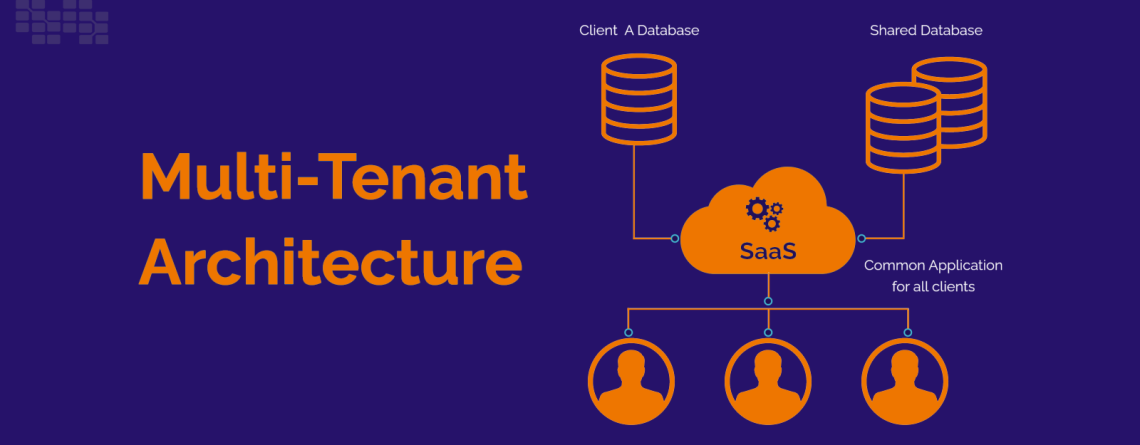
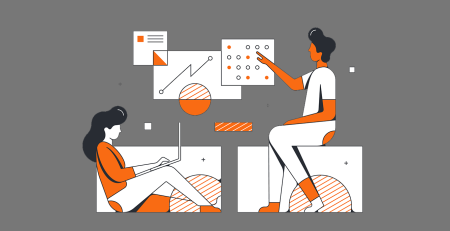
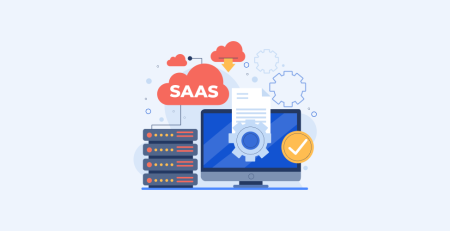
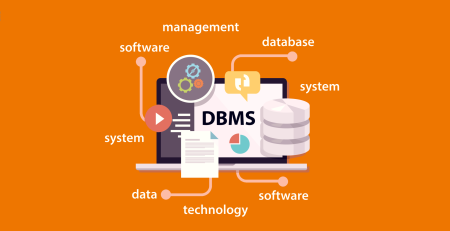
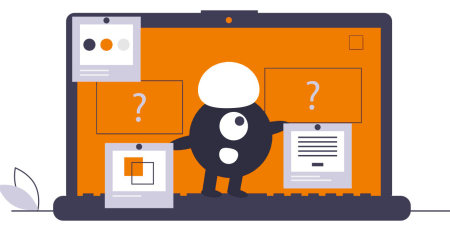
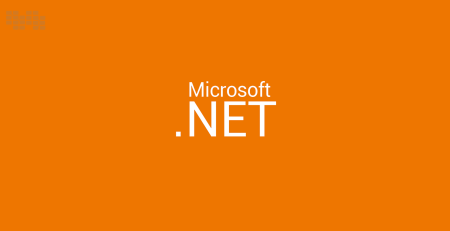
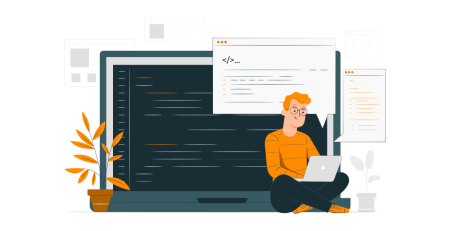
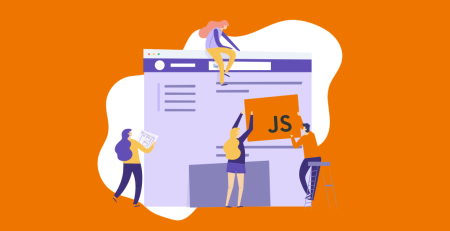
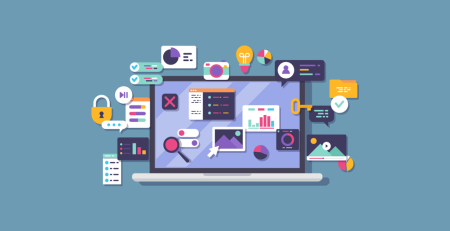
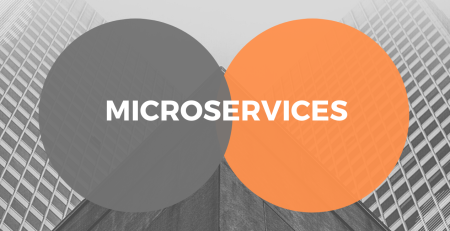
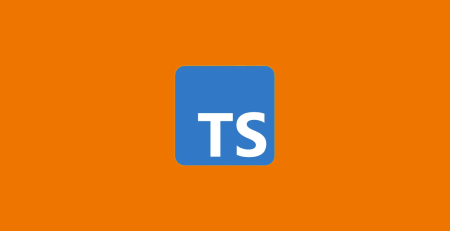
Leave a Reply